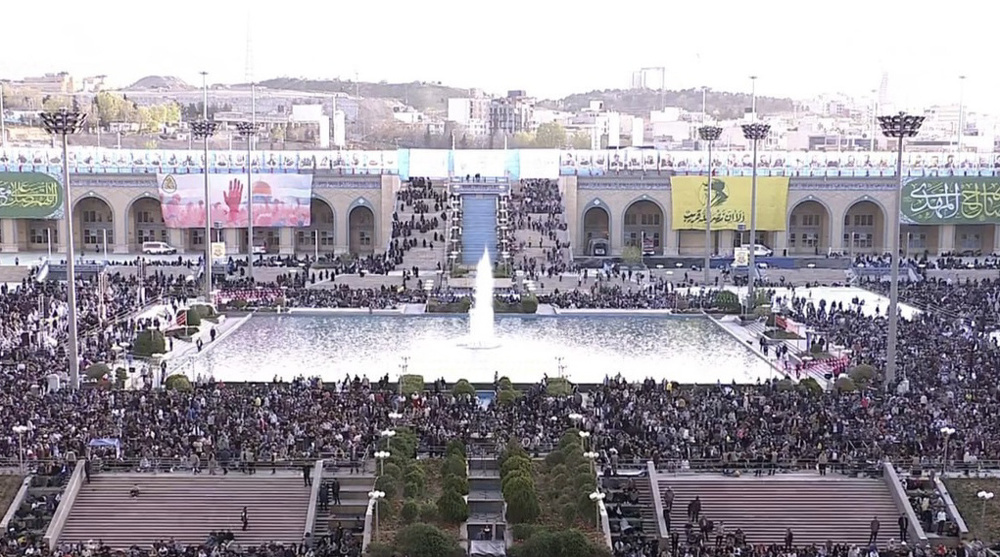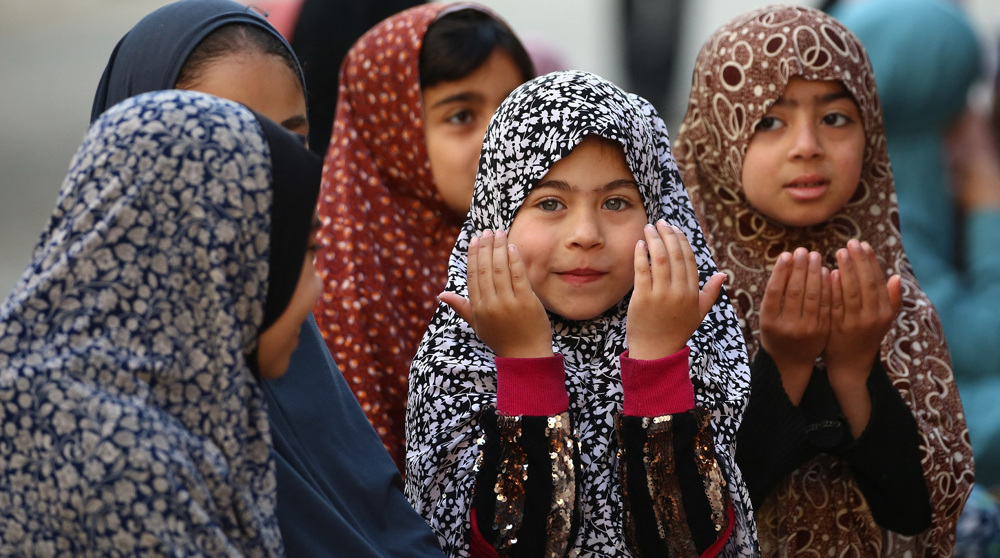Photo Ark sets off to save wildlife from extinction
In addition to conventional means to save wildlife from extinction, there is a digital way through which captive animals can be frozen in time via studio-quality images to raise awareness of a growing menace they are subject to and to save full-length portraits of them for a post-extinction day. This is a significant artistic measure as we might lose half of the animal and plant species by 2100.
The bright idea came to 53-year-old National Geographic photographer Joel Sartore back in 2005 and he embarked to build his Photo Ark to save images of every captive animal in the world. He is almost half way in his mission as the Ark has so far boarded some 5,000 out of 12,000 species he deemed photogenic.


“If you’re trying to make the point that every animal is worth saving, they all have a place, and they all deserve to exist, it’s hard to convey that unless you can have them all the same size. So the black and white backgrounds are a great equalizer. A snail is every bit as important and large as a grizzly bear,” he says, adding that people cannot care about animals if they do not know about them.


Sartore has held numerous photo exhibitions to “inspire millions around the world” with the clear message that it is not too late to save some of the Earth’s most endangered species.


In an article published in the journal Science Advances in June 2015, a team of scientists warned that “an exceptionally rapid loss of biodiversity over the last few centuries” has been taking place, “indicating that a sixth mass extinction is already under way.”


In September 2014, World Wildlife Fund had also announced that the number of wild animals on the planet had halved “in the past 40 years”, citing humans as the main culprit. According to the study, exploitation of animals and degradation or changing of their habitat are responsible for nearly 70 percent of the decline, with another 13 percent for habitat loss, and another seven due to climate change.


The Earth has experienced five mass extinctions so far, the biggest and the most devastating of all occurred at the end of the Permian period some 252 million years ago, known as the Great Dying, which claimed the lives of up to 96 percent of all species. But the last -- and the most famous of all -- happened some 66 million years ago at the end of the Cretaceous period, widely believed to be triggered by an asteroid impact, and killed off all non-avian dinosaurs and most of other species.

Indian parliament passes bill seen as step to seizure of mosques

Eid al-Fitr celebrated in Iran, other countries as holy month of Ramadan comes to a close

Iran FM calls for more unity, empathy among Muslims in Eid message
'War is defeat': Pope Francis will be remembered for his moral stand on Gaza
Cases of Esfandiari and Hazamy: France’s quiet war on Muslim, Iranian, pro-Gaza voices
Indonesia, Iran stress commitment to expanding relations
Israel threatens 'larger' war on Gaza with new evacuation orders
Senior diplomats from Iran, Russia, China hold talks with IAEA chief
Two US marines accused of raping Japanese women in Okinawa
VIDEO | Shahin Hazamy arrested primarily for his viral pro-Palestine social media posts: Filmmaker
Houthi: Bab al-Mandab, Arabian Sea closed to Israeli, US ships










 This makes it easy to access the Press TV website
This makes it easy to access the Press TV website